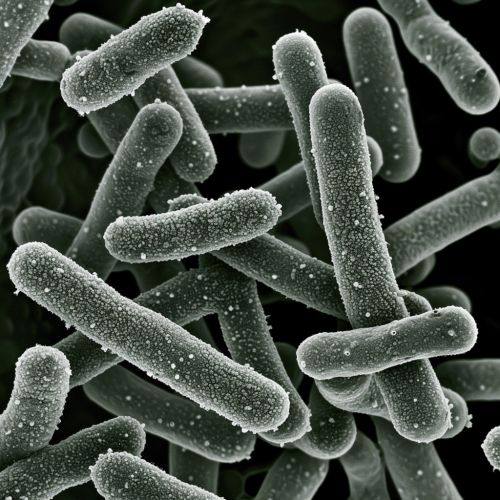Rod-shaped
Introduction
Rod-shaped is a term used in microbiology to describe the shape of certain types of bacteria. These bacteria are also known as bacilli (singular: bacillus). They are one of the most common shapes of bacteria, along with spherical (coccus) and spiral (spirillum) shapes. This shape is a critical factor in the classification, identification, and understanding of bacterial species.


Morphology
The morphology, or physical form and structure, of bacteria is a key aspect of their classification and identification. Rod-shaped bacteria are typically cylindrical and elongated, with their length typically being greater than their width. The size of rod-shaped bacteria can vary greatly, with lengths ranging from 1 to over 10 micrometers and widths from 0.2 to 1.0 micrometers.
Classification
Rod-shaped bacteria are classified under the category of bacilli. This category is further divided into several families, genera, and species. Some of the most common genera of rod-shaped bacteria include Escherichia, Bacillus, and Salmonella. These bacteria can be further classified based on their Gram staining properties, with some being Gram-positive (such as Bacillus) and others being Gram-negative (such as Escherichia and Salmonella).
Significance in Microbiology
The shape of bacteria plays a significant role in their biological functions and interactions with their environment. For rod-shaped bacteria, their elongated shape provides a larger surface area to volume ratio compared to spherical bacteria. This can enhance their nutrient uptake and metabolic efficiency. Additionally, the rod shape can also facilitate movement in viscous environments, such as the mucus layers in the human gut.
Pathogenicity
Several species of rod-shaped bacteria are pathogenic, meaning they can cause disease in humans or other organisms. For example, Escherichia coli is a common cause of foodborne illness, while Bacillus anthracis is the causative agent of anthrax. Understanding the morphology of these bacteria can aid in their identification and treatment.
